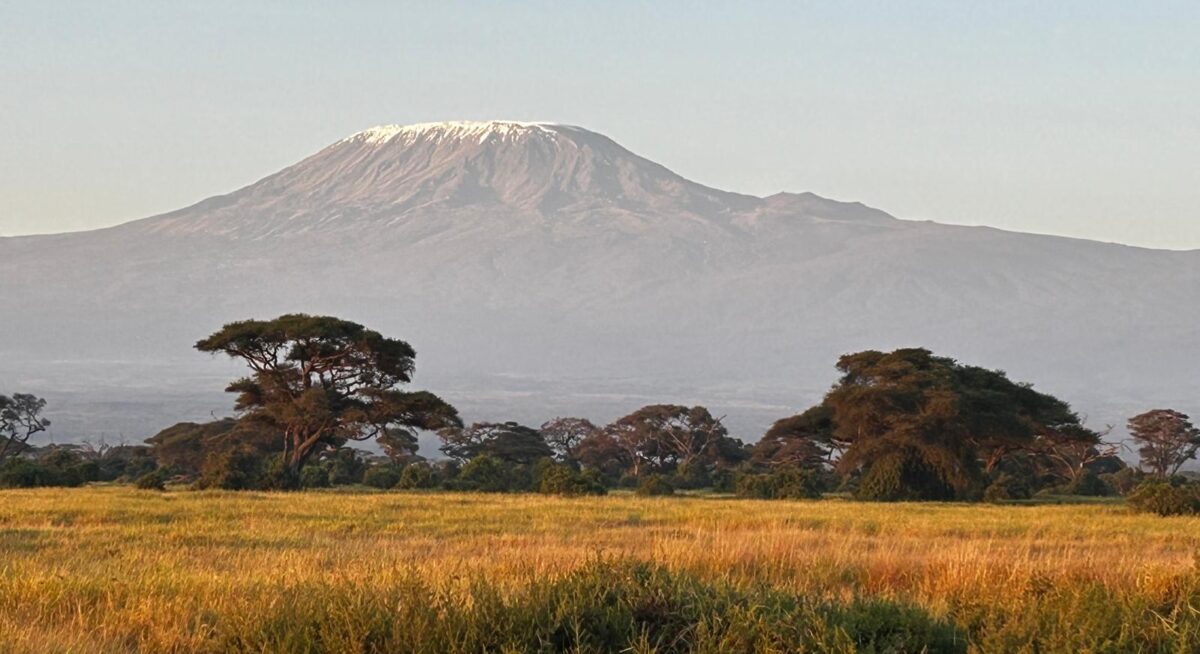
My 6th and last country on this overland trip is Kenya, and once again, it is worth sharing a few factoids about this country to put things in better context and to educate myself (and you, if needed) a little about this corner of the world.
- As you can see in the map above, Kenya is on the east coast of Africa bordering the Indian Ocean and abutting 5 countries, including Tanzania, Uganda, South Sudan, Ethiopia, and Somalia, and perfectly straddles the equator.
- It is part of what is commonly referred to as “East Africa”, along with Tanzania and Uganda (although there are many other recognized delineations).
- The official name of Kenya is the Republic of Kenya.
- Roughly the same size as Texas.
- Roughly 57 million people, compared to ~332 million in the U.S..
- 2 official languages: Swahili and English, but there are as many as 70 different native languages spoken.
- Government is a democratic republic, which includes independent executive, legislative and judicial branches with a structure similar to the US, including a bicameral legislature.
- Official currency is the Kenyan Shilling, but many tourist places (e.g., hotels, lodges, etc.) accept US Dollars.
- Major exports include coffee, tea, cut flowers, and vegetables. Unlike its southern neighbors, gems and precious metals are relatively minor exports compared to the horticultural products. Kenya exported coffee to the value of over 40 million US dollars in 2021. Locals value coffee as a commodity so greatly that most Kenyans don’t really drink it, and only a small amount is sold domestically.
- Although it is unclear what percentage of the population self-identifies as indigenous, the government does recognize some 42 different indigenous tribes.
- Often referred to as the “Cradle of Humanity” because the earliest known hominids and the oldest remains of genus Homo are found here and elsewhere in East Africa
- Kenya’s colonization history is very similar to much of eastern Africa, and especially to its neighbor to the south, Tanzania. The indigenous hunter-gatherers began to be displaced by Bantu peoples some two thousand years ago, and the influx of various Bantu peoples continued through the 19th century. The Portuguese were the first Europeans to sway influence over the region during the 16th and 17th centuries but never assumed any real colonial control over the native peoples and never reached too far from the coast. During the second half of the 17th century the Portuguese were slowly driven from the coast by Arabs from Oman, and from the end of the 17th century the Arabs were the dominant power in the region. The Arabs became slave traders and took huge numbers of slaves from the region during the 18th and 19th centuries, exporting slaves mostly to Arab or European colonies in the Indian Ocean. Eventually, the British arrived in the late 1800s and started taking over the region under the banners of the British East Africa Company. Thus, during this period East Africa was split between British control in the north in modern-day Kenya and Uganda and German control in the south in modern-day Tanzania (also Rwanda and Burundi). However, after the first world war the entirety of East Africa came under British territorial control. The end of British colonial rule was spearheaded by the Mau Mau rebellion between 1952-1959. And while the Mau Mau were eventually defeated, the rebellion signaled the end of British rule. Kenya achieved formal independence in 1963.
- Has the 2nd tallest mountain in Africa, Mount Kenya, at 17,057 feet!
- Has the first woman to be awarded the Nobel Peace Prize – Wangari Muta Maathai! This inspirational woman was a Kenyan environmental, social, and political activist who won the Nobel Peace Prize in 2004 for her contribution to sustainable development, democracy and peace.
- Has the world’s largest desert lake, Lake Turkana, which is inscribed as a UNESCO World Heritage Site.
- There must be something in the water in Kenya, because the country’s Kalenjin people have produced many world record breaking athletes and long-distance runners, known for dominating marathon circuits worldwide.
- Has ~12.5% of its total land area devoted to national parks, reserves and wildlife management areas – comparable to the US but not as impressive as its neighbors to the south!
